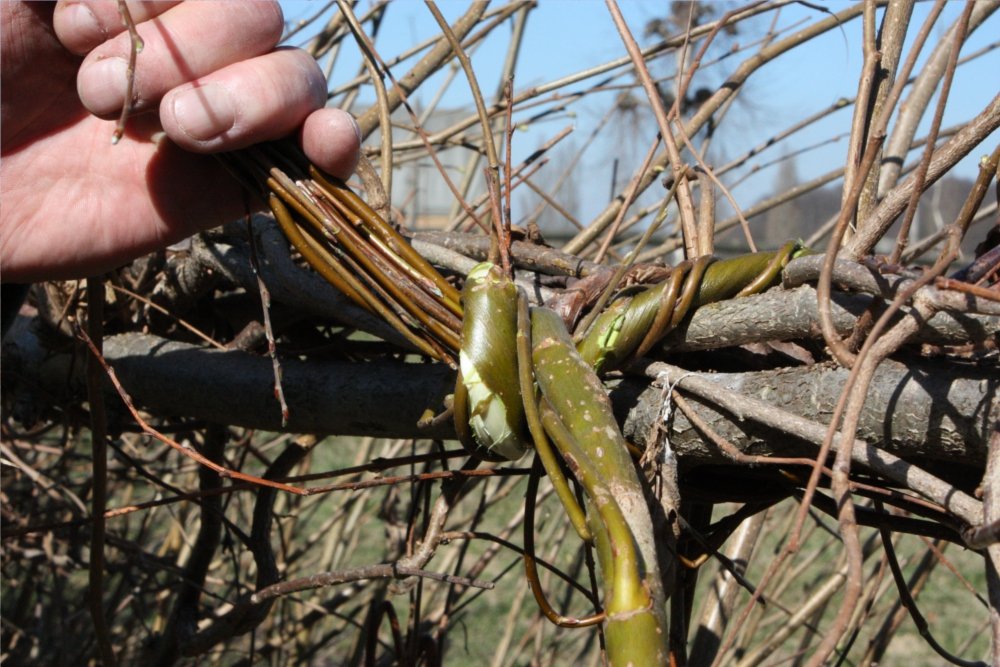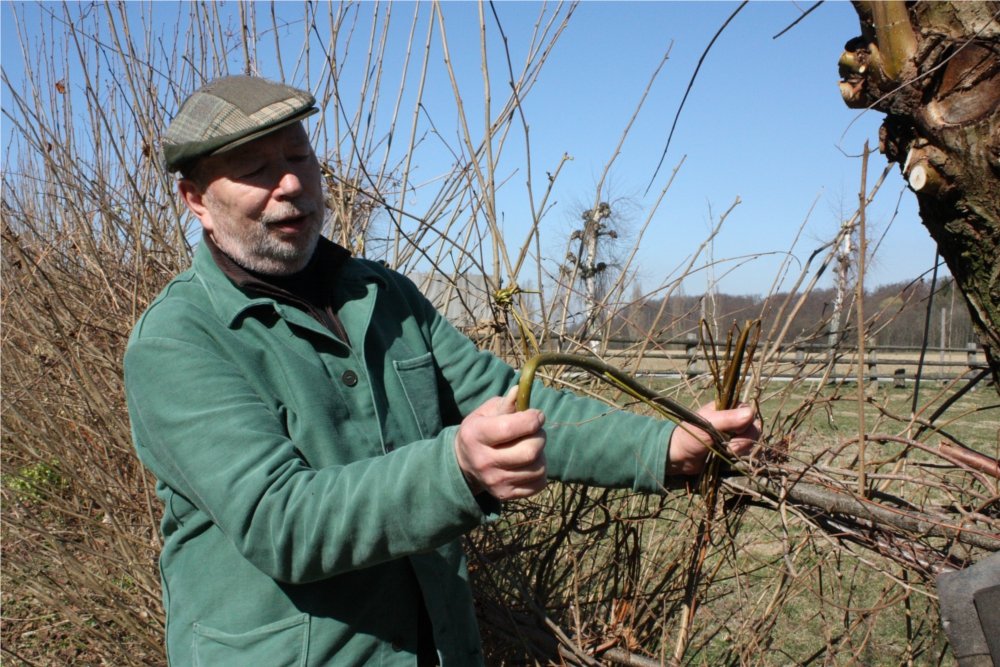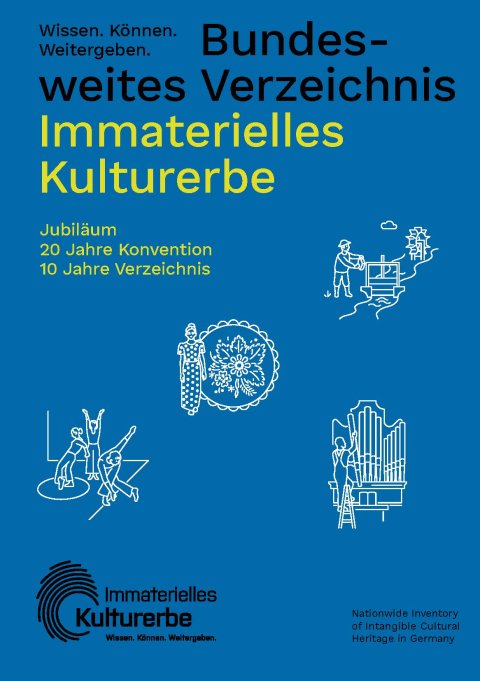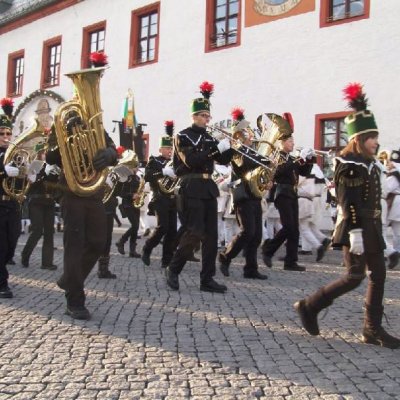Nationwide Inventory of Intangible Cultural Heritage
Planting and Care of Pleached Hedges
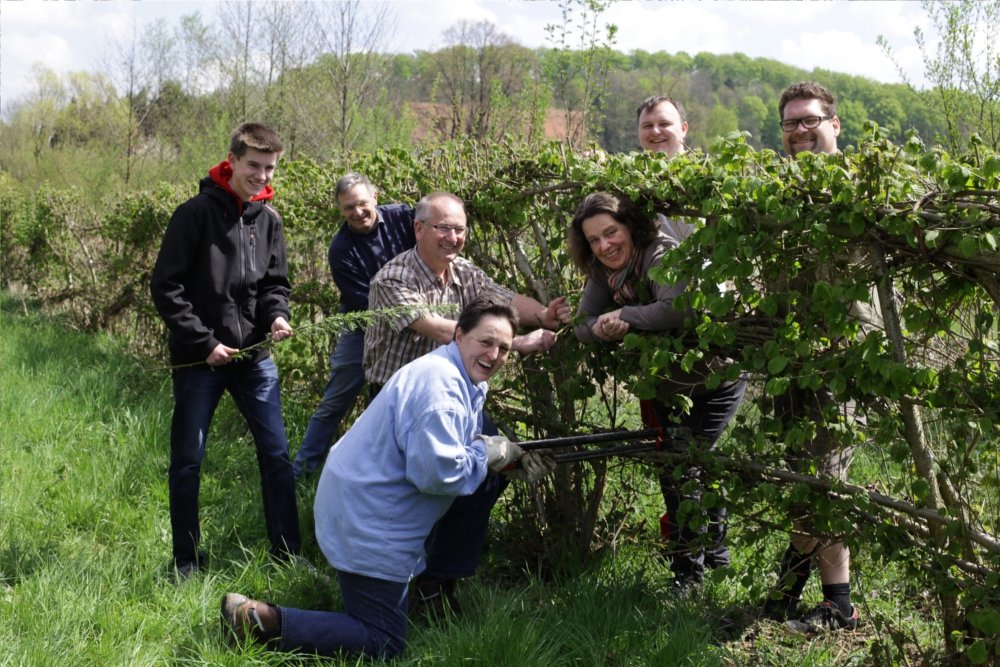
Pleached hedges are a cultural-historical practice of field fencing. This artisanal technique used to be widespread and popular in Europe. Working with natural materials, that technique is still of value for active cultural landscape management and is kept alive in the region of Nieheim (North Rhine-Westphalia). Since it is in line with nature conservation objectives, the traditional craftsmanship has gained new relevance. After about seven years, a hedge has to be re-wattled in the period of late winter until spring. Pleached hedges save timber and act as a supplier of additional food for animals.
Facts & figures
Crucial date: Late winter until spring
Inscription: 2018
Domains: Traditional craftsmanship; social practices, rituals and festive events; knowledge and practices concerning nature and the universe
Where to find: All over Germany, mainly in Nieheim (North Rhine-Westphalia)
Contact
Heimatverein Nieheim e. V.
Ulrich Pieper
info@sackmuseum.de
Website
Willow trees provide the thin old willow branches needed for wattling. The hedges furthermore consist of hazel bushes and whitethorn. Functioning as living fences, therefore, they are predominantly found in landscapes dominated by pastoral agriculture. When barbed wire was introduced in the 20th century though, pleached hedges declined rapidly. They were replaced by wire fences, and knowledge of wattling hedges widely was no longer passed on from one generation to the next. In the Nieheim area, the technique of pleached hedging has survived until today.
Nonetheless do pleached hedges still fulfil a variety of functions: not only are they a simple fence and save timber, but they also provide shade for livestock, demarcate land from each other, provide additional timber as well as hazelnuts and fodder. "Nieheime’s landscape of hedges" offers a piece of cultural history. For some years, wild hedges have been restored to update the visual landscape and to emphasize the versatility of these hedges. It holds great ecological value for flora and fauna: Birds get new habitats; hedgehogs, rabbits, dormice or the dormouse and partridges find places to breed and nest. As part of annual activities in the region of Nieheim, interested parties, especially children and adolescents, have the opportunity to get to know weaving techniques in a hands-on manner.
